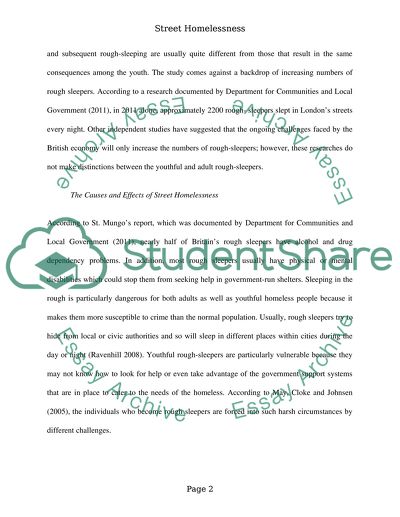Cite this document
(“Street Homelessness Literature Review Example | Topics and Well Written Essays - 2000 words”, n.d.)
Street Homelessness Literature Review Example | Topics and Well Written Essays - 2000 words. Retrieved from https://studentshare.org/sociology/1629881-street-homelessness-literature-review
Street Homelessness Literature Review Example | Topics and Well Written Essays - 2000 words. Retrieved from https://studentshare.org/sociology/1629881-street-homelessness-literature-review
(Street Homelessness Literature Review Example | Topics and Well Written Essays - 2000 Words)
Street Homelessness Literature Review Example | Topics and Well Written Essays - 2000 Words. https://studentshare.org/sociology/1629881-street-homelessness-literature-review.
Street Homelessness Literature Review Example | Topics and Well Written Essays - 2000 Words. https://studentshare.org/sociology/1629881-street-homelessness-literature-review.
“Street Homelessness Literature Review Example | Topics and Well Written Essays - 2000 Words”, n.d. https://studentshare.org/sociology/1629881-street-homelessness-literature-review.


